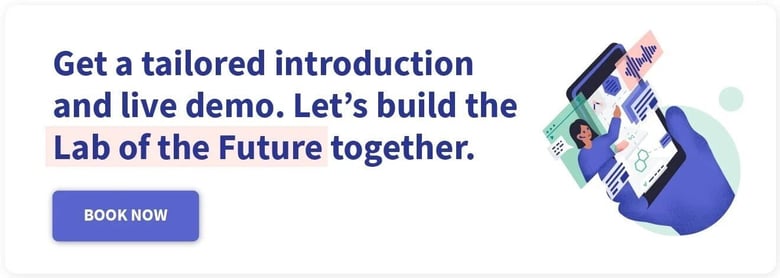Marcin is an Assistant Professor in the Department of Microbiology & Immunology with a joint appointment in the Division of Infectious Disease at Emory University School of Medicine. He is an early adopter of LabTwin so we sat down with him to hear more about his research and how LabTwin has helped his lab.
What does your research focus on?
We are working on finding new therapeutic targets for bacterial infections. While antibiotics have revolutionized medical practice, antibiotic resistance threatens to reverse these gains. The problem is particularly acute for Gram-negative pathogens which assemble an outer membrane that shields these bacteria from antibiotics. This outer membrane barrier prevents clinical use of many currently available antibiotics in treating Gram-negative infections and continues to frustrate efforts to discover new drugs. Our lab aims to uncover the molecular mechanisms of outer membrane assembly and to develop new therapeutic interventions.
Can you tell us a little about your career path?
I completed my PhD at the University of Adelaide (Australia), focusing on bacterial pathogenesis, bacterial cell biology, and vaccine development. I pursued postdoctoral training in the lab of Tom Silhavy at Princeton University, applying bacterial genetics to understand outer membrane biogenesis in Escherichia coli.
What do you like most about LabTwin?
The option to make notes hands-free with a voice recognition system that is fluent in the language of science. LabTwin has made it easier to document things as I work, rather than retrospectively. I expect that improved documentation will help with data retention and reproducibility to the benefit of all lab members.
What kind of work do you think LabTwin can help with?
LabTwin is clearly best when working with chemical, tissue culture, assays, where you want to minimize distraction of stopping and writing notes or when your hands are occupied.
What are your thoughts on LabTwin's impact on research efficiency and reproducibility?
I think the immediate note taking will help with reproducibility. It notably reduces the gap between performing a task and noting exactly how that was performed. It’s great to track down where minor deviations from protocol were the difference.
In your opinion, how will a voice-powered product like LabTwin change the industry in the long run?
More than ever before, publishers, funders, and the public expect the highest standards for data transparency and reproducibility. Careful documentation is the key, but often documentation occurs only some time after an experiment is performed and data is acquired. By allowing scientists to document hands-free while they work, LabTwin can close the time gap between getting data and documenting. With LabTwin, making notes and observations while working (and having these thoughtfully organized), it will become increasingly simple to improve transparency and reproducibility. The benefit will flow to science in general, but labs stand to gain in having improved internal notes, resources, and documentation.











